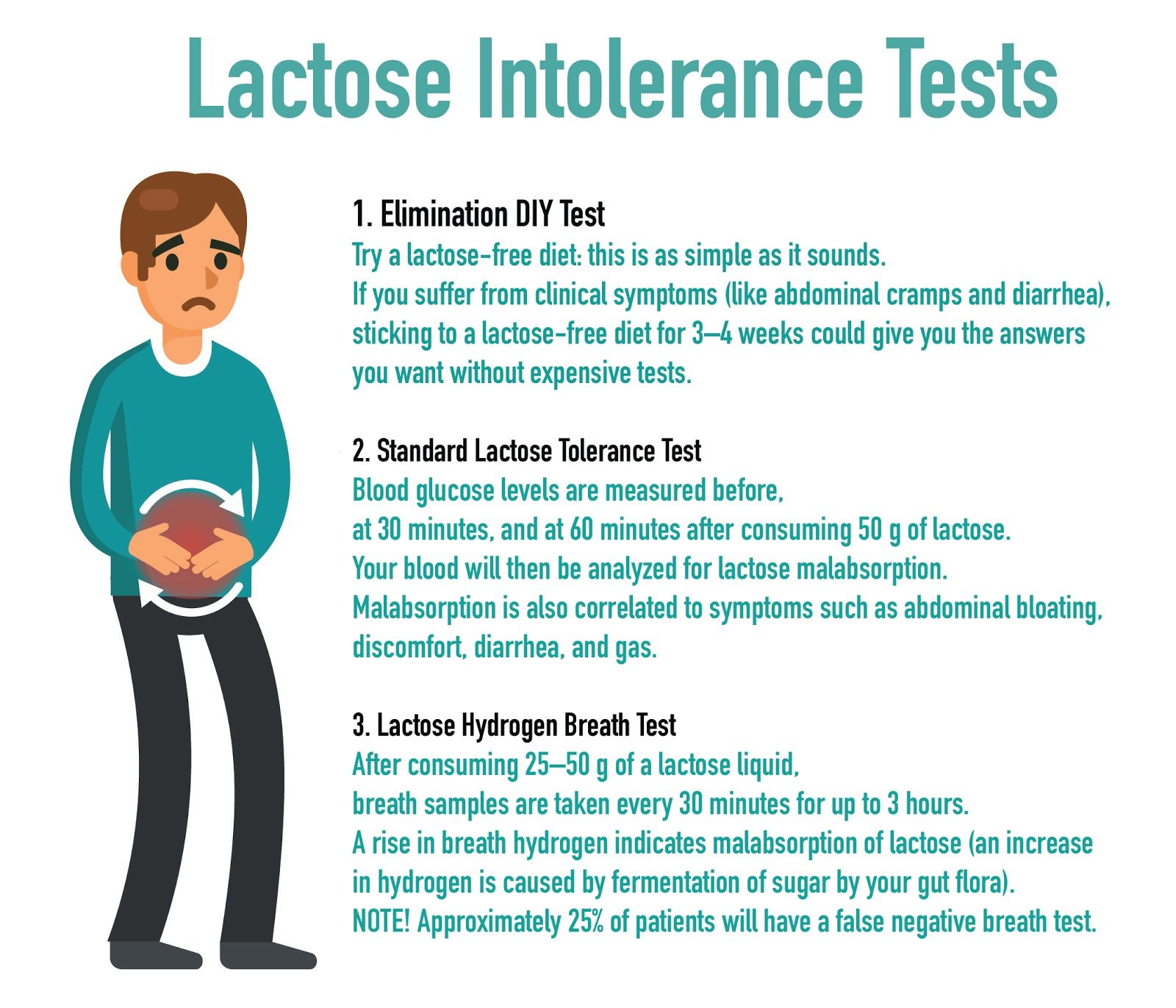Nursing Paper Example on Meningitis: A Neurological Disorder
Nursing Paper Example on Meningitis: A Neurological Disorder
Meningitis stands as a formidable neurological disorder, casting a shadow over the protective layers enfolding the brain and spinal cord, known as the meninges. This condition, triggered by infections, ignites an inflammatory response within these membranes, heralding potential peril if left unchecked. Defined by its severity, meningitis demands swift recognition and intervention to avert dire consequences. While the causative agents of meningitis vary, ranging from bacteria to viruses, fungi, and parasites, the ramifications remain grave, necessitating a keen understanding of its etiology and pathophysiology. As signs and symptoms manifest, the diagnostic criteria outlined in the Diagnostic and Statistical Manual of Mental Disorders (DSM-5) serve as guiding beacons in the labyrinth of diagnosis. Treatment regimens, predominantly consisting of intravenous antibiotics or antiviral medications, coupled with patient education, form the cornerstone in navigating the treacherous terrain of meningitis management. This paper endeavors to unravel the intricacies of meningitis, delving into its causes, signs and symptoms, etiology, pathophysiology, DMS-5 diagnosis, treatment regimens, and patient education, culminating in a comprehensive understanding of this neurological menace. (Nursing Paper Example on Meningitis: A Neurological Disorder)
Causes of Meningitis
Meningitis, a neurological affliction, stems from a multitude of causative agents, each wielding its potency in instigating this formidable disorder. Among these agents, bacteria, viruses, fungi, and parasites reign supreme, infiltrating the body’s defenses to wreak havoc upon the delicate meninges enveloping the brain and spinal cord.
Bacterial meningitis, renowned for its ferocity, arises from an array of bacterial strains, each harboring the potential for devastation. Streptococcus pneumoniae, a ubiquitous bacterium, stands as a prominent protagonist in this tale of affliction, its virulence capable of breaching the body’s defenses with alarming ease. Neisseria meningitidis, another formidable foe, ensnares its victims in a web of inflammation, propelling them into the throes of meningitis. Haemophilus influenzae type b, though less prevalent in the wake of vaccination efforts, retains its ability to incite chaos within the confines of the central nervous system.
Viral meningitis, though often less severe, emerges as a formidable adversary, fueled by enteroviruses such as coxsackievirus and echovirus. These viral assailants, while typically manifesting in milder forms, remain relentless in their quest to breach the body’s defenses and sow discord within the meninges.
Fungal and parasitic meningitis, though less commonly encountered, wield their brand of menace, particularly among individuals with compromised immune systems. Fungi such as Cryptococcus neoformans and parasites like Trypanosoma brucei bear testament to the diverse array of pathogens capable of precipitating meningitis.
The causes of meningitis are as diverse as they are formidable, spanning a spectrum of infectious agents that assail the body’s defenses with unwavering resolve. From bacteria to viruses, fungi, and parasites, each pathogen carries with it the potential for devastation, underscoring the critical importance of vigilance and comprehensive management in the face of this neurological affliction. (Nursing Paper Example on Meningitis: A Neurological Disorder)
Signs and Symptoms
Meningitis, a neurological malady of grave concern, announces its presence through a constellation of signs and symptoms, serving as harbingers of the turmoil unfolding within the delicate confines of the meninges. While the manifestations may vary in intensity and presentation, they collectively underscore the urgent need for vigilance and prompt intervention in the face of this formidable adversary.
Headache, often described as relentless and throbbing, emerges as a sentinel symptom of meningitis, heralding the onset of neurological turmoil. Fever, accompanied by chills, sweats, and malaise, serves as a telltale sign of the body’s fervent battle against the invading pathogens. Neck stiffness, a hallmark feature of meningitis, reflects the inflammation coursing through the meninges, rendering movement a painful endeavor.
Sensitivity to light, known as photophobia, emerges as a common complaint among individuals grappling with meningitis, further underscoring the sensory onslaught accompanying this neurological affliction. Nausea and vomiting, though nonspecific, contribute to the constellation of symptoms, signaling the disruption of normal physiological processes.
In severe cases, meningitis may precipitate altered mental status, ranging from confusion to lethargy and even coma, underscoring the dire consequences of unchecked inflammation within the central nervous system. Seizures, though less common, serve as harbingers of neurological instability, compelling urgent intervention to mitigate the risk of further complications.
As the signs and symptoms of meningitis unfold, they serve as poignant reminders of the body’s vulnerability in the face of microbial assault. From the relentless headache to the feverish tumult and neck stiffness, each manifestation bears testament to the urgency of early recognition and comprehensive management in the quest to safeguard neurological integrity. Through vigilant monitoring and prompt intervention, the impact of meningitis can be mitigated, offering hope amidst the tumult of neurological affliction. (Nursing Paper Example on Meningitis: A Neurological Disorder)
Etiology of Meningitis
Meningitis, a neurological scourge of significant concern, draws its origins from a diverse array of etiological agents, each wielding its potency in precipitating the inflammation that ensnares the delicate meninges. While the causative factors may vary, ranging from bacteria to viruses, fungi, and parasites, they collectively underscore the multifaceted nature of this formidable disorder.
Bacterial meningitis, notorious for its severity, arises from a pantheon of bacterial strains, each bearing the potential for devastation within the central nervous system. Streptococcus pneumoniae, a ubiquitous bacterium renowned for its virulence, stands at the forefront of this onslaught, its propensity for breaching the body’s defenses with alarming ease. Neisseria meningitidis, another formidable foe, instigates chaos within the meninges, propelling individuals into the throes of meningitis. Though less prevalent in the wake of vaccination efforts, Haemophilus influenzae type b retains its ability to incite inflammation and neurological turmoil.
Viral meningitis, while often less severe, emerges as a formidable adversary, fueled by enteroviruses such as coxsackievirus and echovirus. These viral assailants, though typically manifesting in milder forms, remain relentless in their quest to breach the body’s defenses and sow discord within the meninges.
Fungal and parasitic meningitis, though less commonly encountered, wield their brand of menace, particularly among individuals with compromised immune systems. Fungi such as Cryptococcus neoformans and parasites like Trypanosoma brucei bear testament to the diverse array of pathogens capable of precipitating meningitis.
The etiology of meningitis is as diverse as it is formidable, spanning a spectrum of infectious agents that assail the body’s defenses with unwavering resolve. From bacteria to viruses, fungi, and parasites, each pathogen carries with it the potential for devastation, underscoring the critical importance of vigilance and comprehensive management in the face of this neurological affliction. (Nursing Paper Example on Meningitis: A Neurological Disorder)
Pathophysiology
The pathophysiology of meningitis unveils an intricate cascade of events, triggered by the infiltration of infectious agents into the central nervous system, leading to inflammation and disruption of the delicate meningeal membranes enveloping the brain and spinal cord. This inflammatory response, while aimed at neutralizing the invading pathogens, sets the stage for a tumultuous battle within the confines of the cerebral realm.
Upon breach of the blood-brain barrier, bacteria, viruses, fungi, or parasites gain access to the cerebrospinal fluid, setting in motion a series of inflammatory cascades. Activation of immune cells, particularly macrophages and neutrophils, heralds the body’s defense mechanisms, leading to the release of pro-inflammatory cytokines and chemokines. These molecular messengers, while intended to eradicate the invading pathogens, contribute to the escalation of inflammation within the meninges.
As inflammation ensues, vascular permeability increases, allowing for the extravasation of fluid, proteins, and immune cells into the cerebrospinal fluid. This influx of inflammatory mediators exacerbates the swelling and irritation of the meninges, further compromising the integrity of the central nervous system.
The disruption of cerebrospinal fluid dynamics, coupled with increased intracranial pressure, precipitates neurological complications, including cerebral edema and hydrocephalus. Impaired cerebrospinal fluid circulation exacerbates the buildup of pressure within the cranial vault, placing undue strain on vital neurological structures.
As the pathophysiological cascade unfolds, the delicate balance within the central nervous system is perturbed, paving the way for a myriad of neurological sequelae. From altered mental status to seizures and coma, the consequences of unchecked inflammation within the meninges are dire, underscoring the urgency of early recognition and intervention.
The pathophysiology of meningitis is characterized by a complex interplay of inflammatory mediators and immune responses, culminating in neurological turmoil within the central nervous system. Through a comprehensive understanding of these pathophysiological mechanisms, clinicians can navigate the treacherous terrain of meningitis management, offering hope amidst the tumult of neurological affliction. (Nursing Paper Example on Meningitis: A Neurological Disorder)





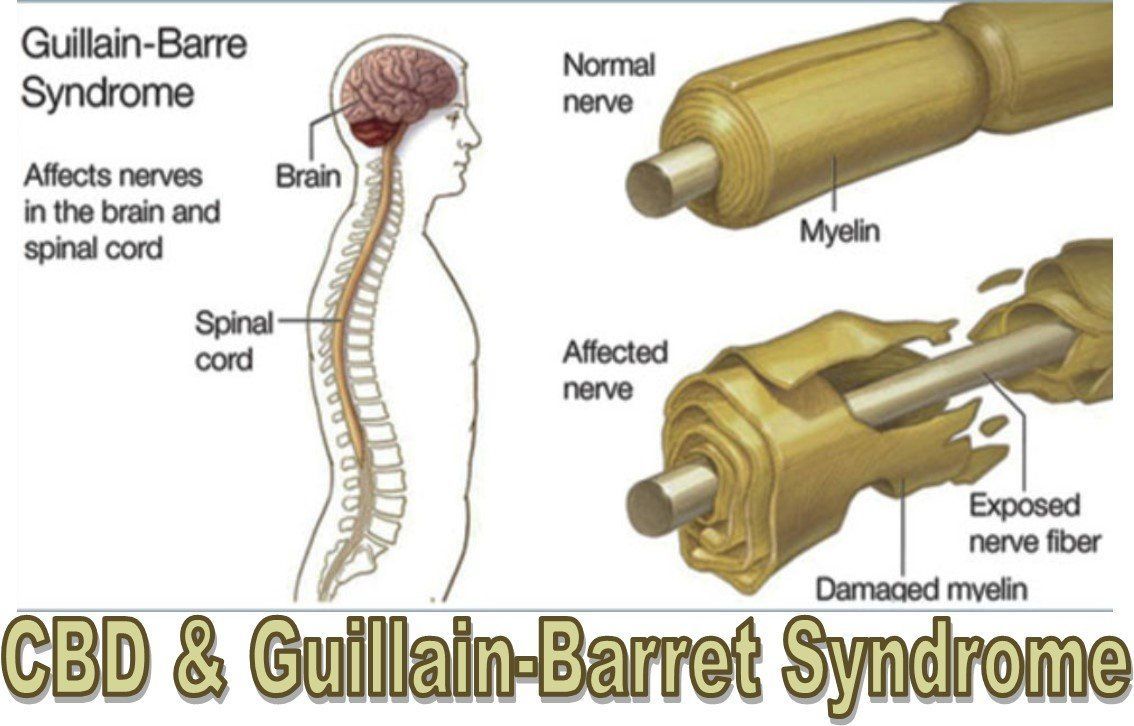


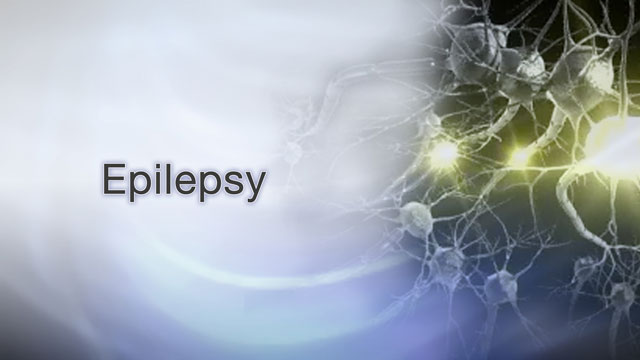


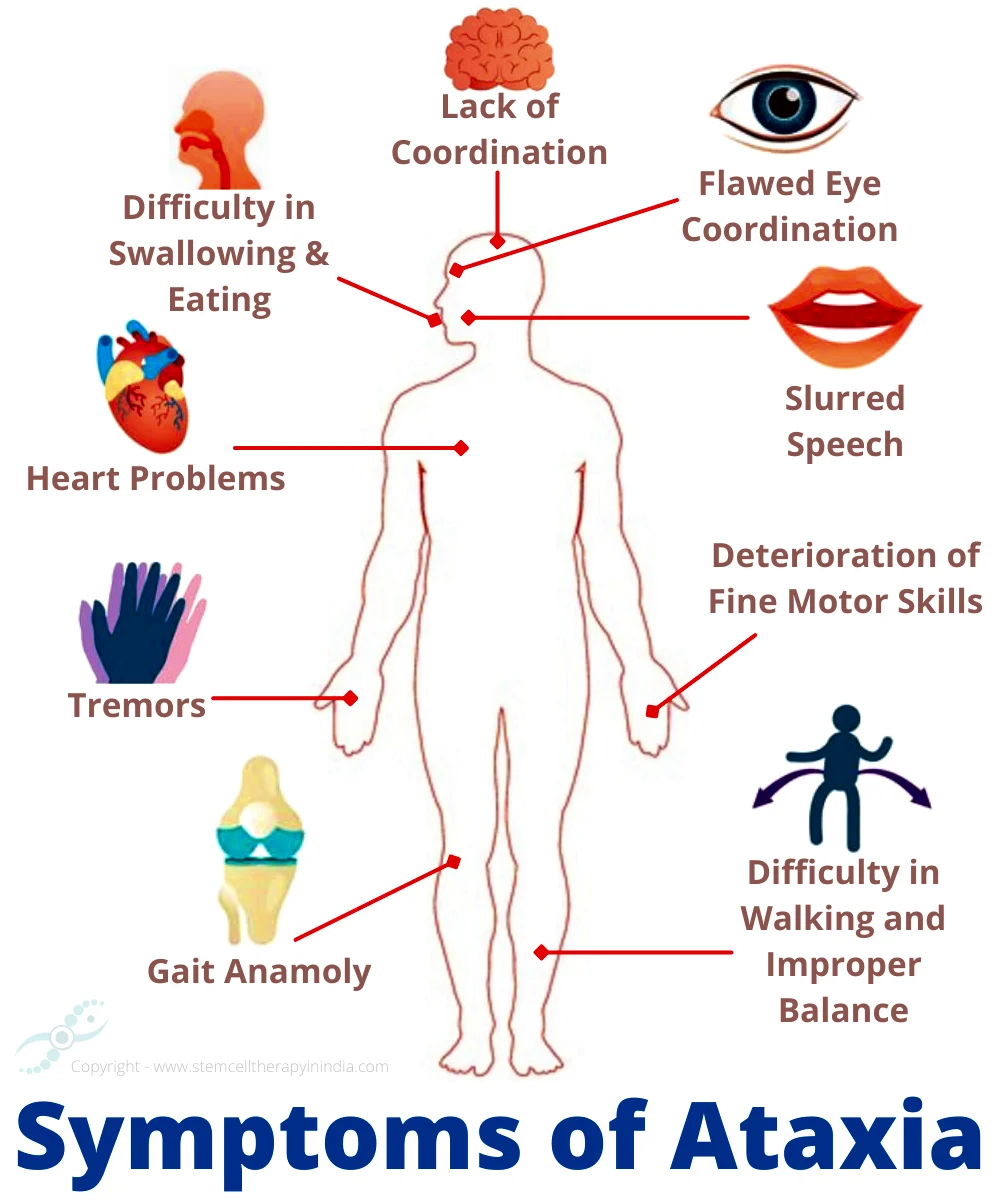
:max_bytes(150000):strip_icc()/VWH-AdrianaSanchez-CopingWithAtaxiaTelangiectasia-Standard-3c8f38f48f894426a011ae01d163db01.jpg)

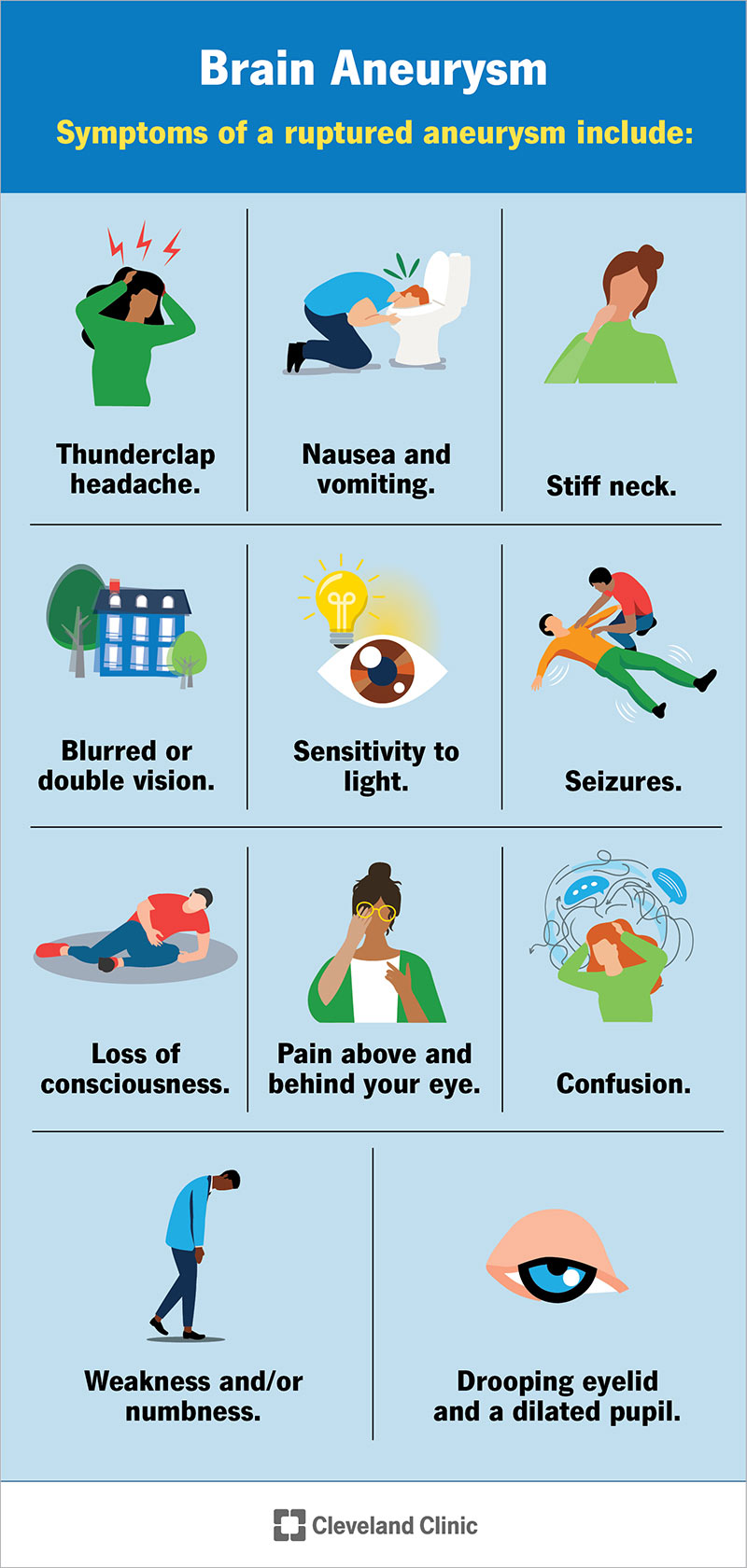






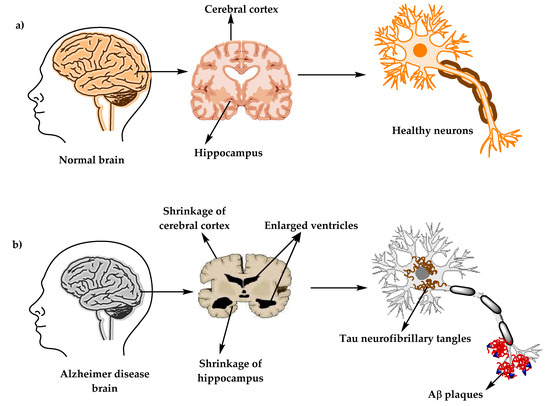
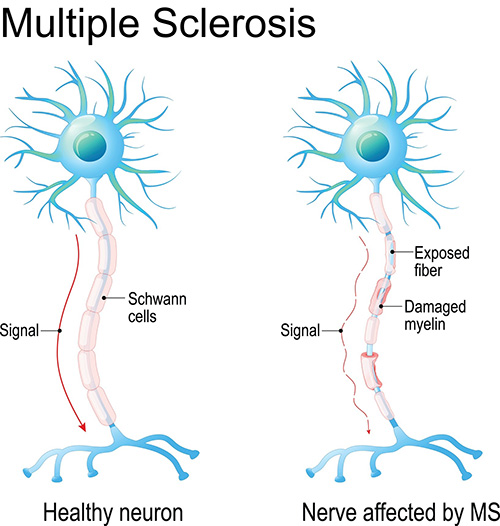
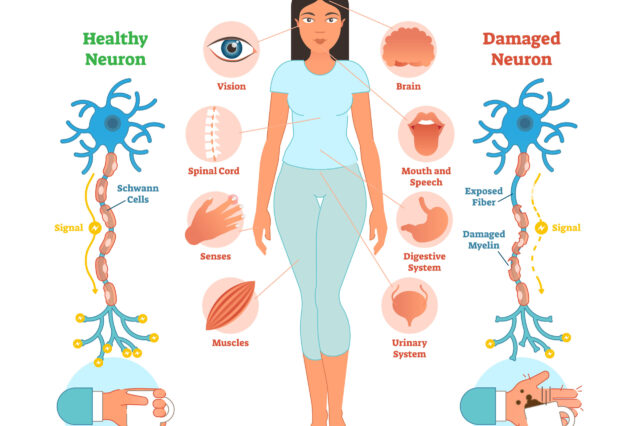
:max_bytes(150000):strip_icc()/rehabilitation-therapies-for-multiple-sclerosis-4072854-e72137c8397a4d909ce759135c9fa3a8.png)


